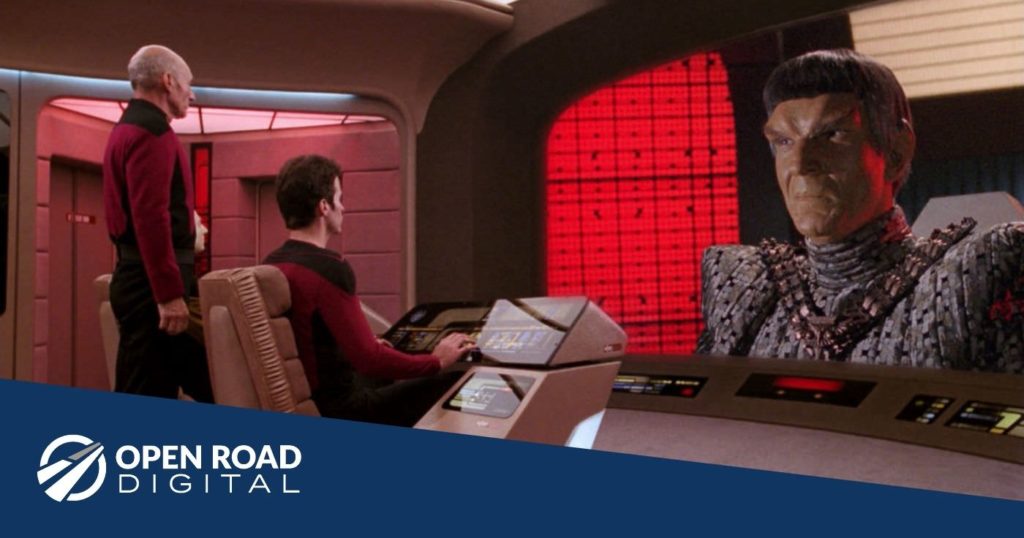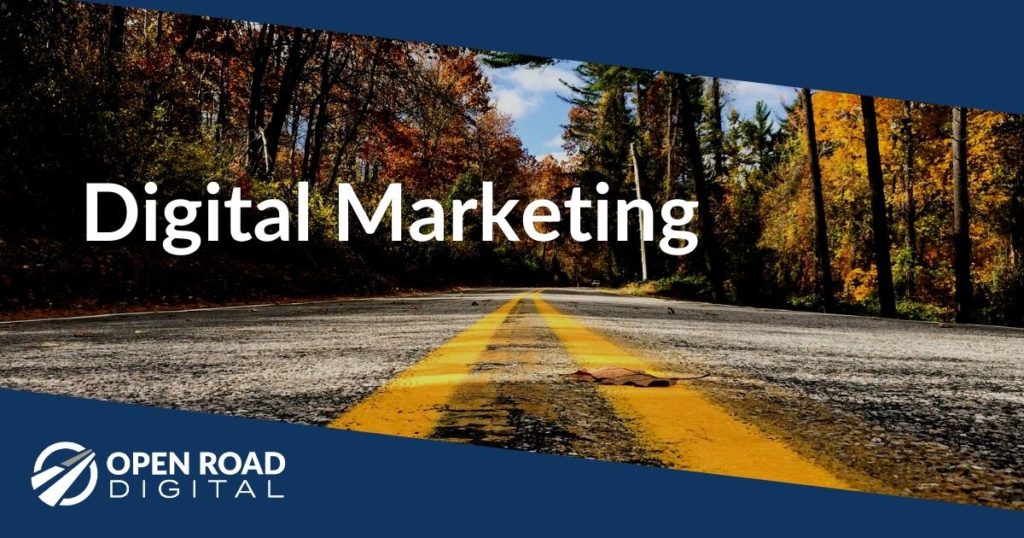Those of us in the marketing profession are fond to suggest tasks like “blog about this” and “share that on social media.” The problem is those things alone don’t necessarily win or maintain a client, especially when real human interaction is almost completely cut off during a pandemic. As Paul Hodkinson stated in an American Lawyer article in January, just before the pandemic: “Lawyers, like all humans, respond best to, well, humans.”
Truth be told, it’s not about the blog post. It’s about the interaction that the blog post can cause.
I think back to a conversation I had with a successful CEO whose company rented a luxury suite for a pro sports team game. Clients were invited to share the suite, but it wasn’t necessarily about the good times that were had at the game. Dozens of invitations to attend went out to clients, and the CEO said that those phone calls were probably the best thing, business-wise, about the event: the chance to speak with a client one-on-one – even those who couldn’t attend.
As Hodkinson stated in his article, “Technology Is Limiting the Depth of Lawyer-Client Relationships,” the “human touch is what in-house lawyers are constantly asking for” from their lawyer clients.
That human touch is what in-house lawyers are constantly asking for” from their lawyer clients.
Paul Hodkinson, The American Lawyer
Clearly, technology is part of the problem. Conference calls and emails have increasingly replaced in-person meetings and social events. And then, Covid-19 happened. It seems that all we are left with to communicate with fellow human beings – notably clients and prospects – is digital communications, including social media.
So what is to be done?
Can We Be Human Using Social Media and Digital Communications?
I think the solution starts with looking at all these digital tools as a form of communication, not a replacement for what used to be. There used to be a day when the phone didn’t exist. I’m sure that the “old-school” attorneys at that time derided the use of the telephone as a crass invention. (See: Before 1929, Nobody Thought the President Needed a Telephone in his Office)
I think of a veteran attorney I once worked with. He told me that when he left his relatively high-level position in the US government to build a private law and lobbying practice for the first time, he considered it his job to fill his calendar every day for months on end with coffee, breakfast, lunch, and dinner meetings with anyone he knew. And then, when work finally started coming in, he kept at it.
The bottom line: sitting behind his desk didn’t solve his problem. Interacting with everyone did.
Time spent on digital and social channels can be similar to that attorney who built his practice in person, one day at a time, before the Internet had arrived on the business scene.
I’ve explained in a previous blog post why I believe that Listening Is the Most Underrated and Underpracticed Activity Online. Do you listen enough? Do you provide that “human touch” that Hodkinson mentioned? Time spent on digital and social channels can be similar to that attorney who built his practice in person, one day at a time, before the Internet had arrived on the business scene.
Here’s what you can do:
- Log in to your social media accounts (notably LinkedIn) and stay logged in, preferably using an app for convenience. Go where your clients, prospects, and peers are.
- Sharing your own content is important, but spend time scrolling through your news feed to see what your clients and contacts are up to.
- When you see someone post something, read it. And then let them know you read it with a Like or a thoughtful and constructive comment.
- If you write, publish, and share content, try involving others. Adding an expert quote to your own blog from a client or peer lets them know that you value their views and expertise. Your outreach to them can also enhance their professional reputation.
- Transition these social-media interactions to a private email, to a phone call, or even to a video call. The conversations don’t need to be 100% about business. During Covid-19 especially, self-care is important. Reach out to others and include them in that self-care.
It may not be as impactful as an in-person interaction, but face it: many of us have a unique opportunity to connect with more people during this time, since commute and travel times have been cut from our schedules. Think of digital and social media tools as just that: a means to deeper human communication.
History has proven that the results of such activity are positive.




